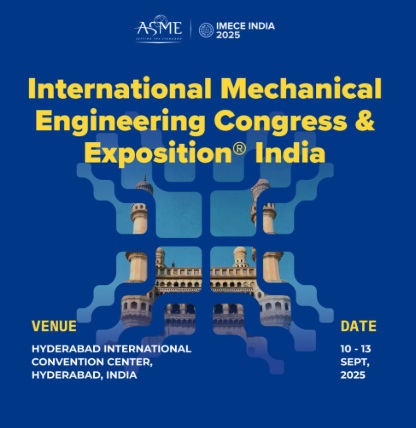The present study uses a three-dimensional numerical model to investigate the thermal stratification performance of vertical cylindrical thermal energy storage under simultaneous charging and discharging operations pertinent to low-temperature (below 100 ℃) industrial applications. First, the study investigates an oil-based TES using Hytherm 600 as the heat storage medium, and water circulating through the
immersed helical discharging coil serves as the heat extraction fluid. To compare the energy-harnessing features, the study considers the reverse scenario with water as the heat storage medium and oil as the discharging fluid. The charging temperature and flow rate are kept constant at 90 ℃ and 0.5 L/min, respectively. Three discharging flow rates (i.e., 0.5, 1.25, and 2 L/min) are considered to understand the realistic interplay between energy demand and supply. Results show that the water-based TES system exhibits the highest energy discharged (3733.9 kJ) and discharging efficiency (72.7%), accompanied by peak average stratification number and low energy losses to the surroundings (263.2 kJ), with the coil-side discharging (oil) flow rate of 2 L/min. However, for the oil-based TES system, the energy discharged (1343 kJ) and discharging efficiency (57%) are comparatively lower for the 2 L/min water flow rate through the discharging coil.

